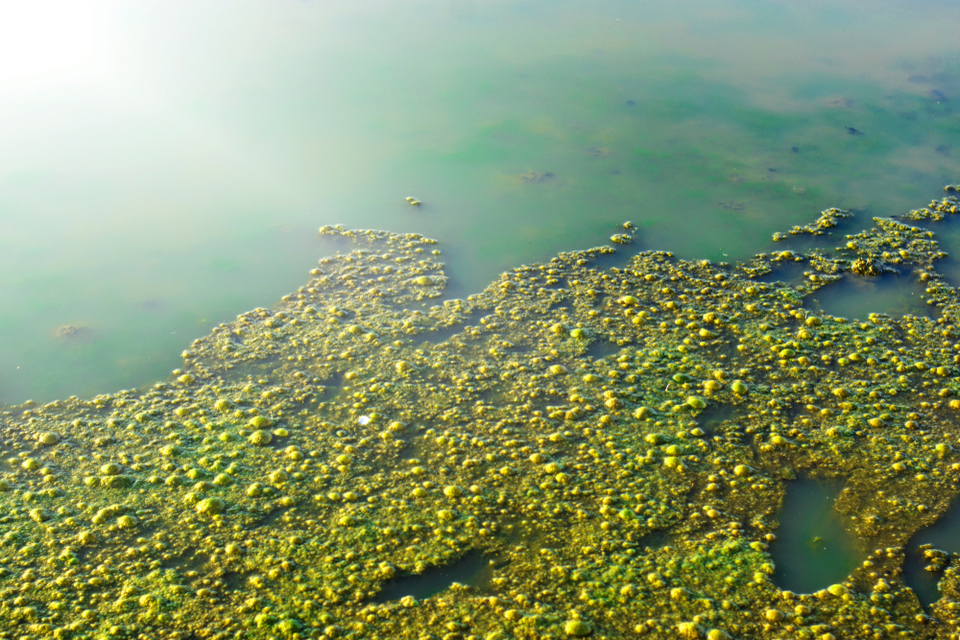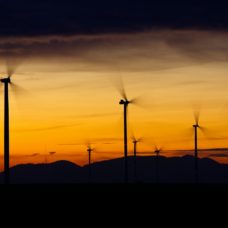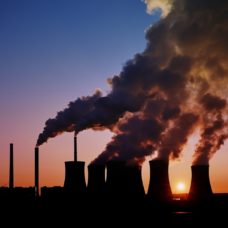A recent study suggests that our understanding of the global methane cycle may not be entirely accurate.
Methane is the most note-worthy carbon-based greenhouse gas aside from carbon dioxide. And like CO2, the continuous increase of methane in the atmosphere is a global climate threat.
According to current research, including IPCC assessments, the gas is produced naturally in oxygen-depleted environments. These include swamps, lakes, and wetlands.
However, findings from a study at Swansea University have challenged these previous assessments.
In a statement about the project, Professor Kam Tang, of Swansea University’s Department of Biosciences said:
“Our research shows that well-oxygenated lake waters are an important, but long overlooked, source of methane emissions to the atmosphere.”
How did the researchers reach this conclusion?
Challenging the Current Global Methane Cycle
For the study, the Swansea University team analyzed a well-oxygenated lake in north-eastern Germany, Lake Stechlin. Despite the presence of oxygen, the researchers found that the lake produced a significant amount of methane.
The methane gas production occurs at the surface of the lake, in direct contact with air. As a result, the level of emissions that travel into the atmosphere becomes significant.
The size of surface waters plays an essential role in methane emission. In other words, the larger the lake, the more of the greenhouse gas it would release into the atmosphere.
According to the researchers, it could account for over 50 percent of surface methane emissions for lakes that are larger than one-kilometer square.
Tang noted:
“These novel findings open new avenues for methane research and support a more accurate global assessment of this powerful greenhouse gas.”
Methane emissions in the lake come from a complex blend of physical and biochemical processes that are not fully understood yet. However, the new study hopes to stimulate more research in the field and contribute to our understanding of the global methane cycle.
It would ultimately help improve climate change predictions.



















Investment is one of the best ways to achieve financial freedom. For a beginner there are so many challenges you face. It’s hard to know how to get started. Trading on the Cryptocurrency market has really been a life changer for me. I almost gave up on crypto at some point not until saw a recommendation on Elon musk successfully success story and I got a proficient trader/broker Mr Bernie Doran , he gave me all the information required to succeed in trading. I made more profit than I could ever imagine. I’m not here to converse much but to share my testimony; I have made total returns of $10,500.00 from an investment of just $1000.00 within 1 week. Thanks to Mr Bernie I’m really grateful,I have been able to make a great returns trading with his signals and strategies .I urge anyone interested in INVESTMENT to take bold step in investing in the Cryptocurrency Market, he can also help you RECOVER your lost/stolen Cryptocurrencies. you can reach him on WhatsApp : + 1 (424) 285 – 0682 or his Gmail : BERNIEDORANSIGNALS @ GMAIL . COM bitcoin is taking over the world, tell him I referred you